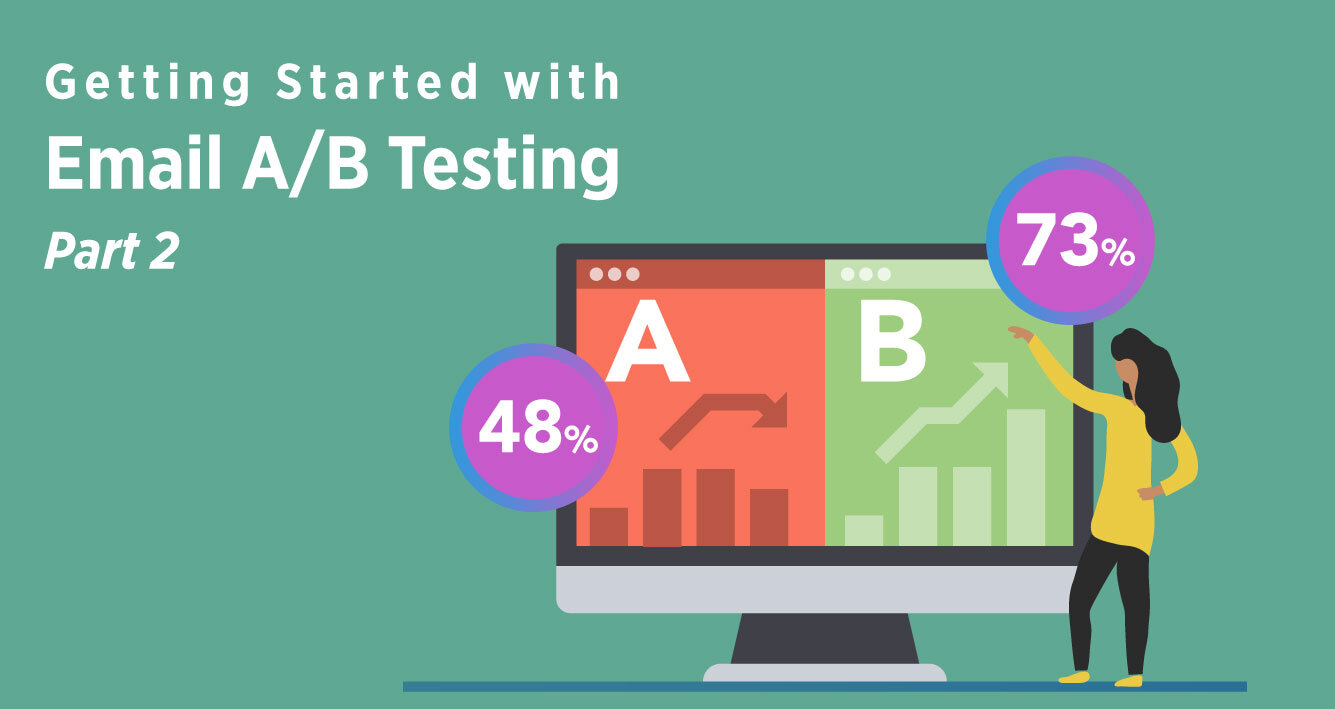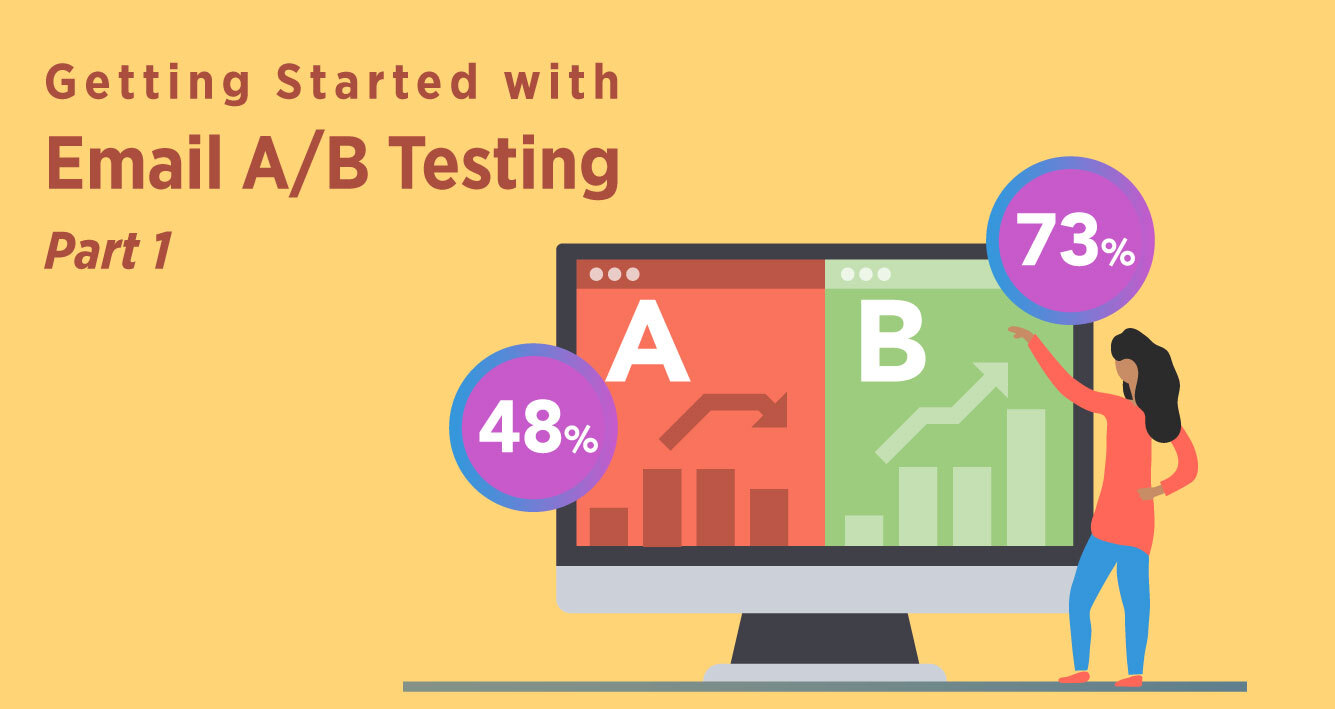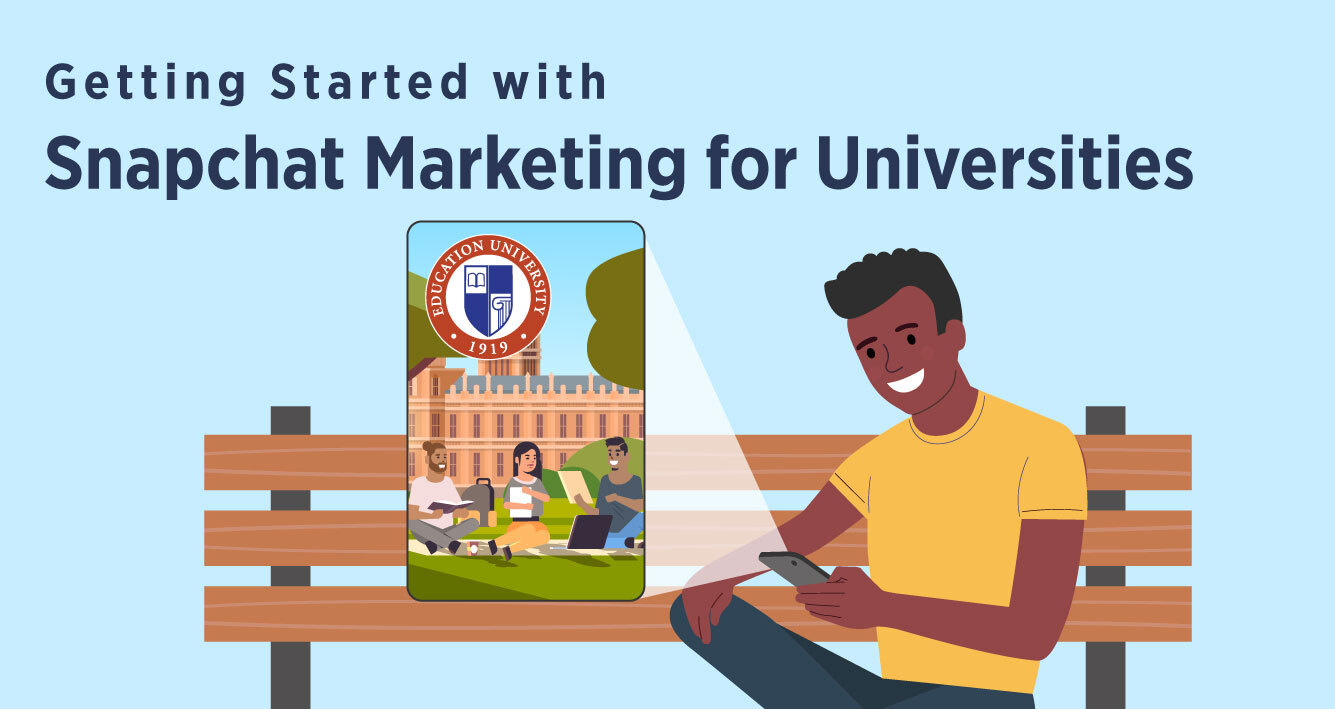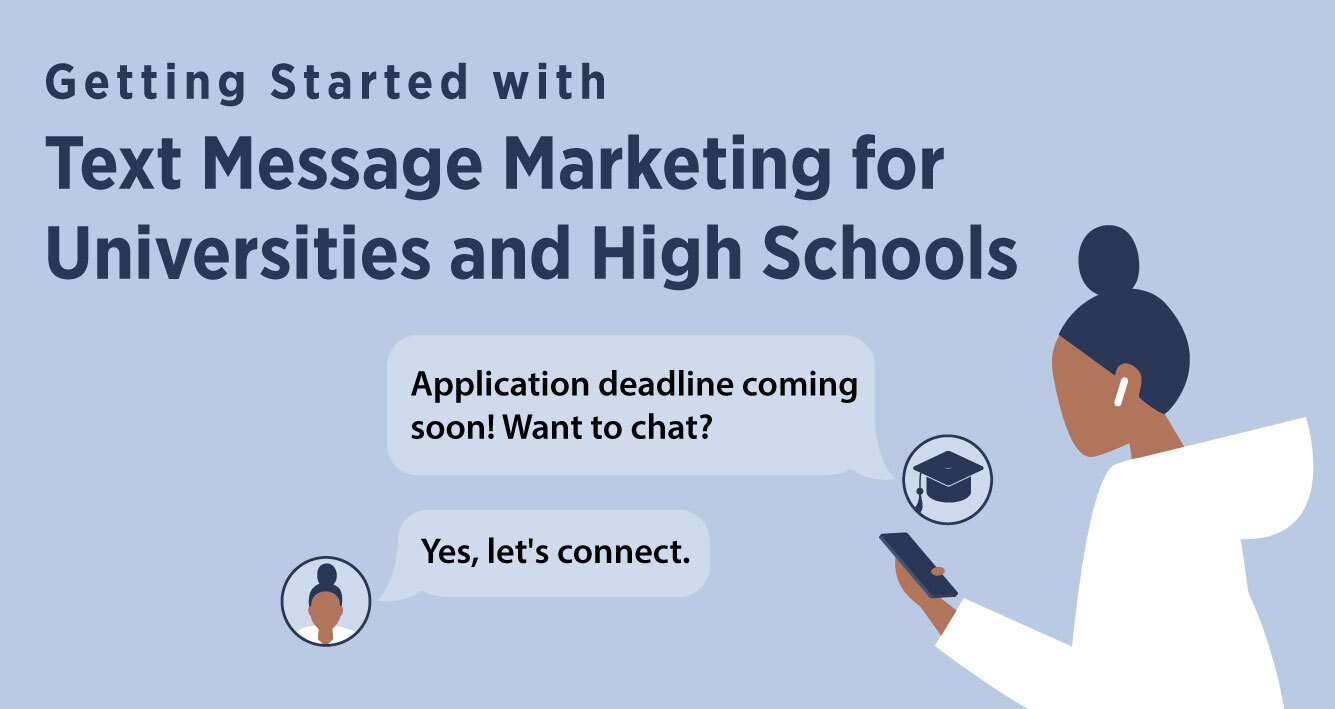When it comes to education marketing for private high schools and universities, customer service isn’t usually high on the list of marketing channels to invest in. While it’s tempting to focus on exciting new marketing channels like TikTok and more traditional email nurture campaigns, high-quality customer service is a high-value aspect of student recruitment and retention that institutions too often ignore.
Let's face it, customer satisfaction delivers new customers.
According to PwC, 65% of U.S. customers said that a positive experience with a brand is more influential than great advertising. The quality of your institution’s customer service – availability and responsiveness to questions and problems, and the ability to redirect to the right department – has everything to do with achieving the conversions we want and delivering the educational experience our students want.
The reality: your prospective and current students are highly influential new student magnets.
With word of mouth marketing as a major driver of new student attraction and conversion, we are talking about the importance of accurate and timely customer service and the role it plays in student enrollment and retention.
When Can We Meet?
The Intead team is prepping for our AIEA presentation with Karin Fischer from Chronicle of Higher Ed and Dr. Ahmad Ezzeddine from Wayne State University. If you will be in DC for the event, we are talking about how trend data informs international student recruitment planning on Monday, Feb. 20. Reach out if you'd like to share a cup of coffee.
We will also be in San Diego presenting at the AGB conference in April. Honored to join Brad Farnsworth from Fox Hollow Advisory (former ACE VP) and Dr. Gretchen Bataille from GMB Consulting (former president of the U of North Texas among other amazing higher ed roles). We will be talking all about insights university presidents and trustees need to guide internationalization efforts. Again, reach out if you'll be there.
Read on for academic customer service best practices that drive your students and their families to love you.
Read More
.jpg)





.jpeg)
.jpg)


